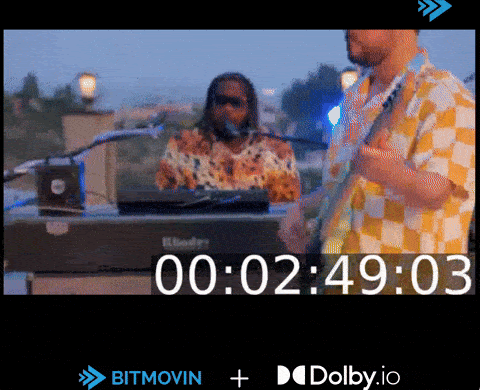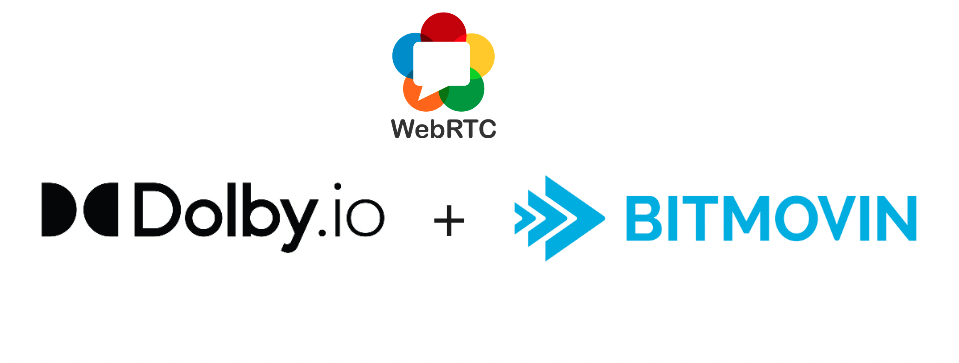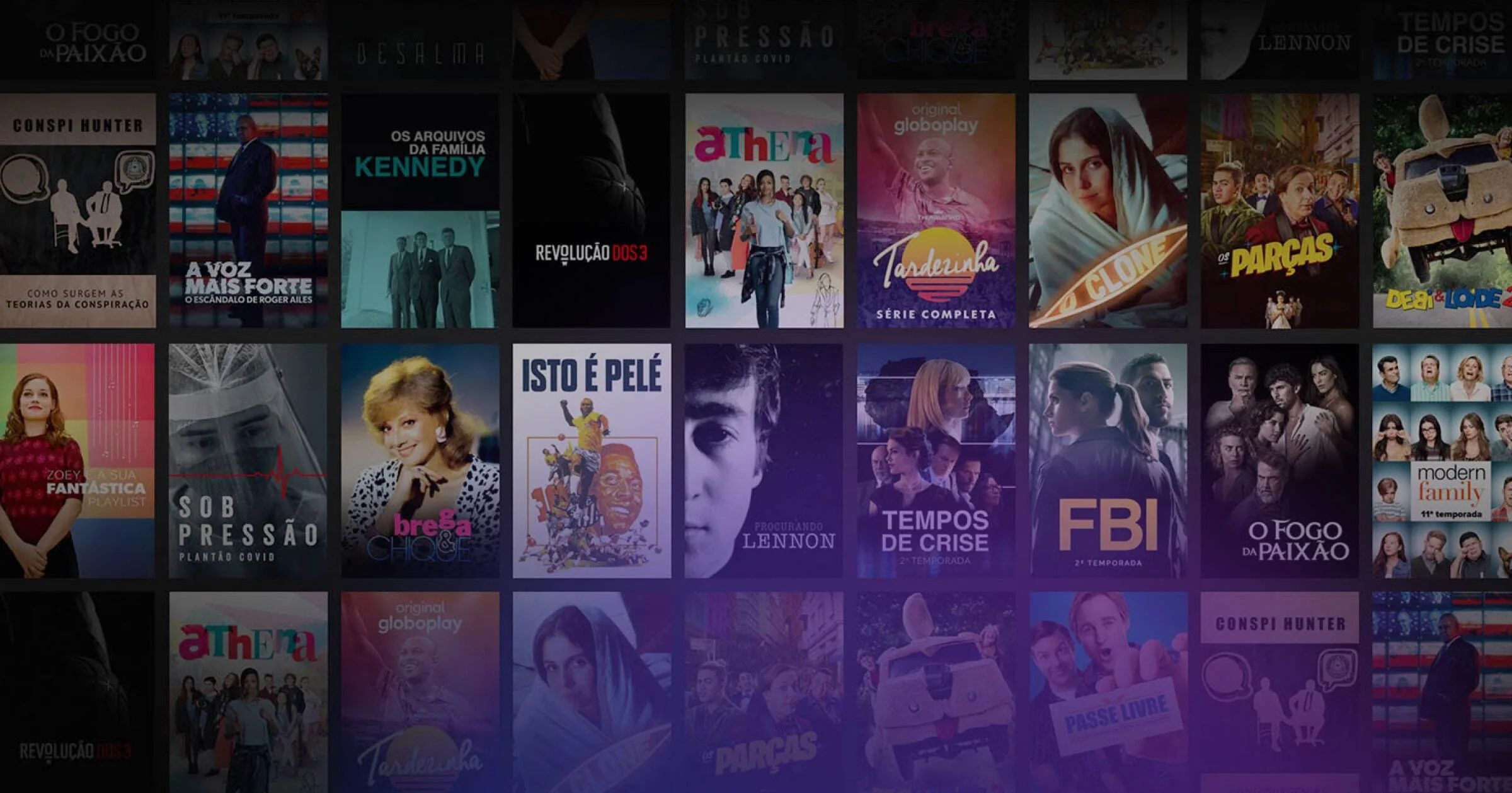Live streaming has solidified its role as a pivotal component of modern video workflows, enabling platforms and media companies to captivate audiences with that sense of witnessing events as they happen. This trend has gained even greater momentum during and after the pandemic, as users craved live experiences that spanned a variety of interests – from sports enthusiasts catching their favorite games to at-home yoga classes on fitness platforms or students enrolling in online courses. To meet this demand, users sought the closest thing to real-time immersion, and this is where WebRTC came into play (pun intended).
What is WebRTC?
WebRTC is an open-source streaming technology that enables real-time data transport, whether that’s video, audio, or other data channels. Initially developed by Google in 2011, it has found widespread adoption in various industries that benefit from real-time communication, such as video conferencing, education, and gaming. The open-source, peer-to-peer technology allows for end-to-end encryption over an HTTPS connection and is compatible with all major browsers and platforms. The use of WebRTC skyrocketed through the use of video conferencing tools that have continued to grow in popularity since the pandemic, as well as in online gaming, where thousands of avid viewers could engage with their favorite content at near real-time latency.
Where does WebRTC fit in the OTT streaming industry?
The OTT streaming industry is currently dominated by 2 streaming protocols: Dash & HLS. However, DASH & HLS are not ideal for achieving lower latency live streaming. Typically, viewers experience between 8-30 seconds of latency due to the need to download segments before playback, meaning the closer to the live edge, the more potential for issues with video buffers and ABR (adaptive bitrate) decisions.
WebRTC takes streaming services a step further by enabling real-time (sub-second latency) streaming experiences. For live events, such as sports or education, it allows services to provide an opportunity for interactivity and contribution without fear of introducing latency in data transfer. Unlike DASH and HLS, WebRTC does not buffer; it prioritizes low latency so viewers can be assured that what they are seeing is happening in real-time.
To summarize the key benefits of WebRTC:
- Ultra-Low Latency – WebRTC enables sub-second playback, ideal for live events, online gaming, and other interactive applications.
- Cross-Platform Compatibility – WebRTC is supported by all major web browsers and platforms, ensuring broad compatibility and ease of adoption.
- End-to-end Encryption – WebRTC incorporates robust security features, including end-to-end encryption, which ensures the privacy and security of communications.
- Open Source – WebRTC benefits from a growing developer community that collaborates and innovates to bring continuous improvement to the technology.
However, WebRTC’s benefits come with a drawback: the inability to rewind or start the event from the beginning. This limitation affects many industries and their applications that require content review or replay, particularly in sports, where users want the ability to review and relive key moments.
What industries does WebRTC affect with this issue?
As streaming technology evolves and viewer expectations shift, low and real-time latency become more important, along with the ability to go back and see what they saw a few seconds before. This major playback feature affects many of the industries where real-time streaming is already crucial to the viewer experience, including:
- Sports Broadcasting and Betting – Viewers often want to rewatch critical moments, goals, or plays during a live event, which can also affect micro-betting and in-game wagering.
- Live selling and auctions – Buyers may want to check what was said about the product or previous items that were listed, requiring the need to browse back through the stream.
- Webinars and Conferences – Webinars and virtual conferences may involve important presentations and discussions that can’t be revisited.
- Gaming – Fans like to watch gameplay, or players can strategize by rewinding and analyzing previous actions.
- Live Events and Performances – Live events, such as concerts or theater performances, need to provide instant replays of key moments or highlights.
- Online Education – Students may need to rewind and review parts of a lecture or lesson for better understanding.
- Emergency Services and Video Surveillance – Being able to analyze real-time video footage is crucial for making informed decisions and investigations.
- Telemedicine – Medical professionals may need to go back to previous portions of a patient’s session to make accurate diagnoses or treatment recommendations.
This list highlights the importance of considering the specific requirements of an application when choosing a streaming technology. To address the replay/rewind issue, Bitmovin and Dolby.io collaborated to build a solution to enable these industries and use cases to dramatically improve the playback experience their viewers want and demand.
How we developed it – Dolby.io x Bitmovin Hackathon Project
During Bitmovin’s quarterly Hackathon in August 2023, Bitmovin engineers partnered with the team at Dolby.io to achieve the following objective:
Create a single live video player experience with real-time streaming and full rewind/review capabilities.
What tools did we use?
Bitmovin’s Player enables countless viewers to experience top-quality playback on all devices across the globe. With its rich feature set, streaming services can deliver their unique experience without compromising on quality.
Bitmovin’s Live Encoder is a resilient live streaming software platform that takes RTMP, SRT, or Zixi inputs and outputs to HLS and DASH for delivery to digital streaming services. Paired with Bitmovin CDN for delivery and storage.
Dolby.io’s Real-time Streaming (formerly Millicast) delivers a WebRTC-based CDN for large-scale streaming that is fast, easy, and reliable for delivering real-time video.
Videon EdgeCaster EZ Encoder is a portable appliance that brings cloud functionality on premises with LiveEdge. In this way, it combines the flexibility of software encoders with the power and reliability of hardware solutions. Regular software updates ensure support for the most advanced features and the latest industry standards.
What did we do?

Workflow diagram showing the source journey from Videon Edgecaster, to Dolby.io & Bitmovin Live Encoder, to Bitmovin Player
Using a Videon Edgecaster to create a dual RTMP output of a live source input, one RTMP output was delivered to Dolby.io’s service to create a real-time WebRTC stream, while the other was delivered to Bitmovin’s Live Encoder to create a standard Live HLS stream.
Dolby.io’s Real-time Streaming service accepts SRT, RTMP, and WHIP/WebRTC, making it easy to convert broadcast-grade streams into WebRTC for sub-second distribution around the globe and at scale.
The stream URLs from both Dolby.io and Bitmovin Live Encoder are now available to the demo page hosting the Bitmovin Player. From here, the player can then choose to load the Dolby.io stream as a WHEP/WebRTC source or the Bitmovin Live Encoder stream as a Live HLS source.
The Bitmovin Player’s open-source UI framework and extensive developer-friendly APIs allow development teams to create unique experiences. So, for the viewer experience, when the user selects the ‘LIVE’ control in the player UI and moves playback to the live edge, they would be viewing the WHEP/WebRTC source from Dolby.io. The user could then drag the timeline marker backward or use the custom “skip” control configured to timeshift back 30 seconds, in which case they would be viewing the live HLS source from the Bitmovin Live Encoder.
This gives the viewer the option to view their content in real-time with full review capability right back to the beginning of the live session. Additionally, by using Dolby.io’s Simulcasting solution, the viewer experience is always at the highest available quality, with advanced ABR logic working for both sources.

Example of how playback on the Bitmovin Player works with Dolby.io
What’s Next?
At Bitmovin, we are currently evaluating official support for WebRTC in the Bitmovin Player. While we’ve been able to address key playback issues, there is room for improvement and clear steps to elaborate on this very successful skunk-works project with Dolby.io. For example, we did not extend the project to use accurate timing information from the segments (like `prft` boxes) or playlists, so the solution could be more accurate and adaptive in understanding where the live edge of the live HLS stream was in comparison to the live encoding time to correctly synchronize with the real-time WebRTC stream. Using the Bitmovin Live Encoder, we could also extend the solution to include live-to-VOD workflows to allow users to watch the replay of a live event after it has ended or even reuse the content while a live event is still running.
Bitmovin and Dolby.io will continue the alliance to address market needs for live workflows where real-time streaming can provide an opportunity for services to enhance their viewers’ experience.




